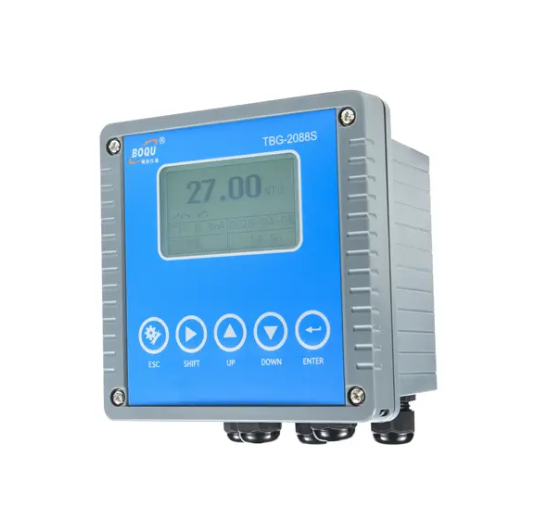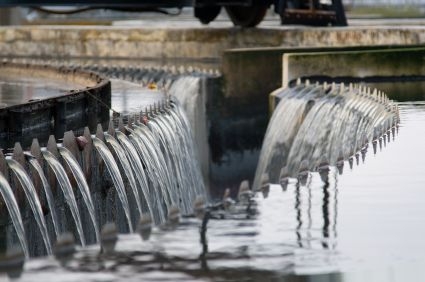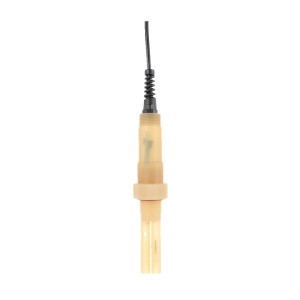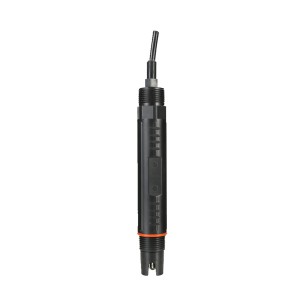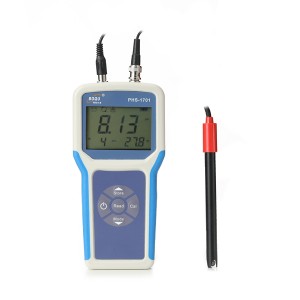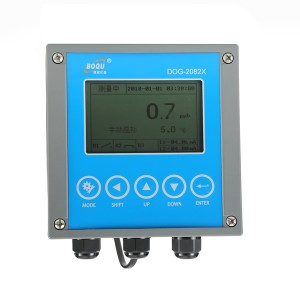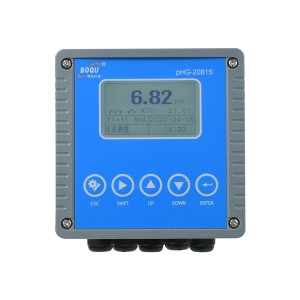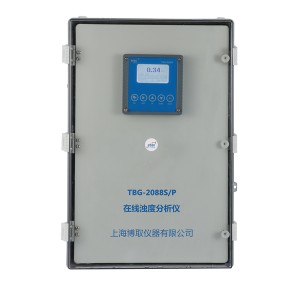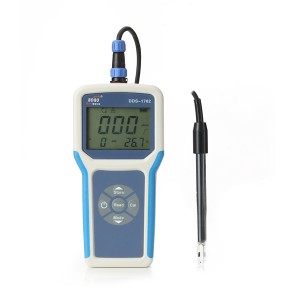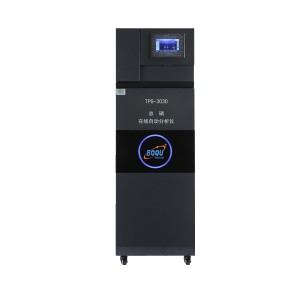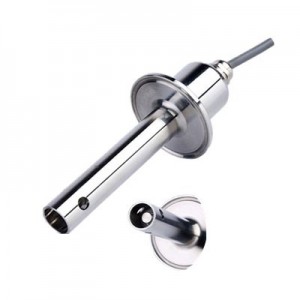In today’s industrialized world, the proper management of effluents is crucial to ensure the sustainability of our environment and protect our water resources.
One of the key parameters in monitoring and controlling industrial effluents is turbidity. Turbidity refers to the cloudiness or haziness of a fluid caused by large numbers of individual particles suspended in it. To achieve sustainable practices, industries must adopt advanced turbidity instruments that can accurately measure and analyze turbidity levels.
In this blog, we will delve into the significance of turbidity control, the importance of using cutting-edge turbidity instruments, and how they contribute to sustainable industrial practices.
Understanding Turbidity and its Environmental Impact:
- What is Turbidity and Why Does it Matter?
Turbidity is a critical indicator of water quality, as it directly affects the ability of aquatic ecosystems to support life. High turbidity levels can harm aquatic plants and animals by reducing light penetration and inhibiting photosynthesis.
Additionally, suspended particles in effluents can act as carriers for various pollutants, further degrading water quality.
- Environmental Regulations and Turbidity Limits
Governmental agencies have set specific regulations regarding turbidity levels in effluents to protect water bodies from pollution. Industries are now required to comply with these limits to minimize their impact on the environment. Failure to do so can result in severe penalties and damage to a company’s reputation.
Importance of Turbidity Instruments in Effluent Control:
A. Real-time Monitoring for Immediate Response
Traditional manual sampling and laboratory testing methods are time-consuming and do not provide real-time data. Turbidity instruments, such as nephelometers and turbidimeters, offer instantaneous measurements, enabling industries to respond promptly to any deviations from acceptable turbidity levels.
B. Accurate Data for Informed Decisions
Accurate turbidity data is essential for making informed decisions in effluent control. Turbidity instruments provide precise measurements, allowing industries to optimize their treatment processes and ensure compliance with environmental regulations.
C. Reducing Environmental Impact
By implementing advanced turbidity instruments, industries can proactively monitor and control their effluents’ turbidity levels, leading to a reduced environmental impact. Lowering turbidity levels means fewer suspended particles and pollutants in the water, ultimately preserving aquatic life and the overall ecosystem.
Types of Turbidity Instruments for Industrial Effluent Control:
a. Nephelometers: Measuring Scattered Light
Nephelometers are turbidity instruments that measure the intensity of scattered light in a liquid sample. When light encounters particles in the sample, it scatters in various directions.
Nephelometers detect this scattered light and provide a turbidity reading, making them highly sensitive instruments for accurate measurements.
b. Turbidimeters: Utilizing Absorption and Scattered Light
Turbidimeters work by measuring both the absorption and scattered light in a liquid sample. They are widely used in industrial settings due to their versatility and ability to handle a wide range of turbidity levels. Turbidimeters are particularly effective in monitoring effluents from various industrial processes.
c. Online vs. Portable Turbidity Instruments:
Industries can choose between online and portable turbidity instruments based on their specific requirements. Online instruments are permanently installed in the effluent system, providing continuous monitoring.
On the other hand, portable instruments offer flexibility, allowing measurements at different points in the effluent treatment process.
Why Choose Online Turbidity Instruments For Sustainability?
Online turbidity instruments have become the preferred choice for industries seeking to enhance their sustainability efforts. These advanced instruments offer several advantages over their portable counterparts, making them indispensable tools for efficient industrial effluent control.
A. Real-Time Monitoring and Continuous Data Availability
Online turbidity instruments, like the ones offered by BOQU, provide real-time monitoring capabilities. With continuous data availability, industries can stay proactive in their efforts to maintain turbidity levels within acceptable limits.
The instantaneous data provided by these instruments allows for immediate response in case of any deviations, preventing potential environmental harm.
B. Seamless Integration and Enhanced Functionality
BOQU’s Online Turbidity Instruments come equipped with a transmitter that not only displays the measured data but also enables various functionalities.
The 4-20mA analog output obtained through the transmitter’s interface configuration and calibration facilitates integration with other systems, such as SCADA (Supervisory Control and Data Acquisition) and PLC (Programmable Logic Controller).
Moreover, these instruments can realize relay control and digital communications, enhancing the overall efficiency of the effluent treatment process.
C. Wide Application Scope
The versatility of BOQU’s Online Turbidity Instruments makes them suitable for a wide range of industries and applications. From sewage plants and water stations to surface water management and industrial processes, these instruments are well-suited to handle diverse scenarios.
As industries continue to diversify, having a turbidity instrument that can adapt to various settings is crucial for sustainable practices.
Advancing Sustainability with Turbidity Instruments:
Industries can use online turbidity instruments to help meet environmental regulations and improve their sustainability efforts. Online turbidity monitoring allows companies to identify any changes in water quality, enabling them to take corrective actions before they have a negative impact on the environment or human health.
Turbidity instruments are also useful for analyzing the effectiveness of treatment processes by comparing pre-and post-treatment levels of turbidity.
a. Optimizing Treatment Processes
Turbidity instruments play a vital role in optimizing effluent treatment processes. By continuously monitoring turbidity levels, industries can fine-tune their treatment methods, ensuring the efficient removal of suspended particles and pollutants.
This not only minimizes the environmental impact but also improves the overall effectiveness of the treatment process.
b. Optimum Performance in Challenging Environments
The operation temperature range of 0 to 100℃ and the waterproof rating of IP65 make BOQU’s Online Turbidity Instruments ideal for challenging environmental conditions. Whether in extreme heat or exposure to water, these instruments maintain accurate and reliable measurements, ensuring continuous effluent control without compromising data integrity.
c. Enhanced Efficiency in Water and Wastewater Treatment
In water treatment plants and sewage facilities, maintaining optimal turbidity levels is of utmost importance. BOQU’s Online Turbidity Instruments offer precise and continuous monitoring, allowing for the optimization of treatment processes.
By fine-tuning coagulation, flocculation, and sedimentation processes based on real-time turbidity data, industries can significantly reduce chemical usage and energy consumption, leading to more sustainable practices and cost savings.
Final words:
Industrial effluent control is a critical aspect of ensuring environmental sustainability. Turbidity instruments are indispensable tools for monitoring and managing effluent turbidity levels effectively.
By adopting these cutting-edge instruments, industries can not only comply with environmental regulations but also contribute to sustainable practices, safeguarding our precious water resources and preserving aquatic ecosystems for future generations.
Embracing turbidity instruments is a proactive step towards a greener and more responsible industrial landscape.
Post time: Jul-11-2023

